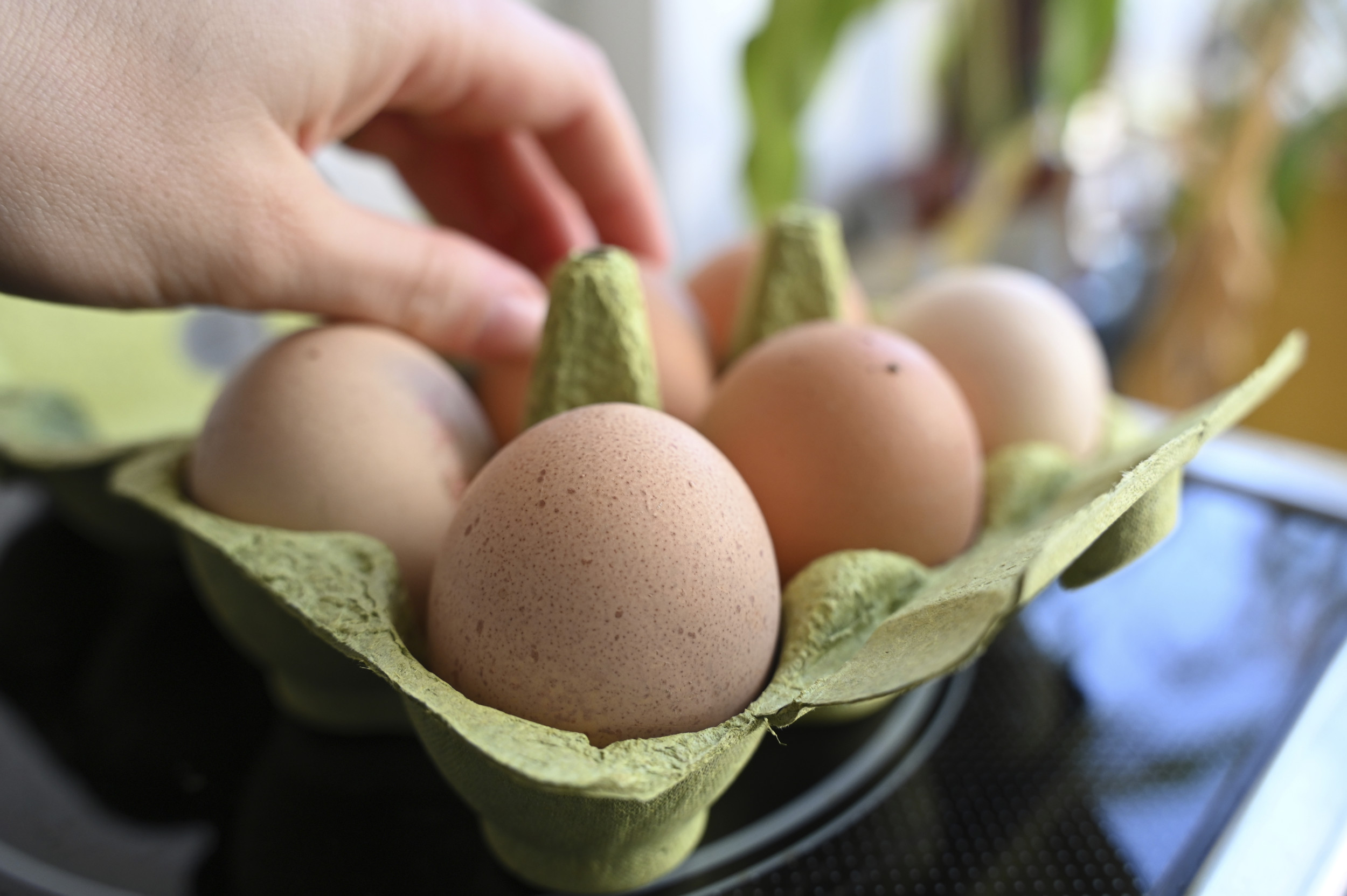
A growing number of Americans are crossing eggs off their grocery lists, frustrated by record-breaking prices driven by avian flu outbreaks and market pressures. According to new research from Clarify Capital, 34 percent of U.S. consumers say they’ve stopped buying eggs altogether.
The average retail price of a dozen eggs reached a 10-year high of $5.90 in February, according to the Bureau of Labor Statistics. But recent data from the U.S. Department of Agriculture shows the wholesale price fell to $3.00 per dozen last week—a 9 percent drop from the week before.
Despite the decline, the sharp increases over recent months remain fresh in consumers’ memories. The Clarify Capital study found that nearly 95 percent of respondents had noticed the price hike, with many believing eggs still cost closer to $7 a dozen. Shoppers indicated that $8 per dozen was the tipping point at which they stopped buying eggs entirely.
This shift in consumer behavior comes amid a backdrop of economic tension and public frustration. Michael Baynes, CEO of Clarify Capital, said in an interview with Fox Business that eggs have long been considered one of the most affordable and essential grocery items, but warned: “So when they get left off shopping lists entirely, it’s a sure sign that we’re reaching a financial and emotional breaking point.” He added, “We may see permanent shifts in consumer habits and expenditures years after the inflation peaks.”
The reasons behind the price hikes are varied but dominated by supply-side challenges. Since the outbreak began in 2022, bird flu has affected more than 166 million birds across the United States, including 127 million egg-laying hens. That represents a roughly 11 percent annual reduction in the nation’s layer inventory, according to the American Farm Bureau Foundation, cited by Fox Business.
In February 2025 alone, the USDA reported that more than 30 million egg layers were culled due to the virus. The resulting supply crisis pushed average prices to an all-time high of $4.95 per dozen nationwide. In some regions, consumers paid over $12 per dozen. According to economists at the University of Arkansas, the sharp rise cost American consumers at least $1.4 billion last year, the Associated Press reported
In response, Agriculture Secretary Brooke Rollins announced a $1 billion expansion of federal bird flu containment efforts on top of the $2 billion already spent.
The package includes $500 million for biosecurity measures, $400 million in aid to farmers, and $100 million for vaccine development. While Rollins expressed hope that relief could begin by summer, she admitted, “It’s going to take a while to get through,” the AP reported.
In some areas, the increases have been especially stark. Illinois has seen the most dramatic surge, with average egg prices rising 1,048 percent — from just $0.42 to $4.82, The Guardian reported.
Consumer sentiment is also fractured over the causes of the spike. One report shows that while 67 percent of Americans blame the bird flu directly, 31 percent believe that government regulations and policies are contributing to the high costs.
The issue has become politically charged in recent months. President Donald Trump campaigned heavily on soaring egg prices being a Democratic creation before acknowledging that bird flu was to blame after being elected.
As prices remain high, many Americans are turning to substitutes. Around 10 percent of consumers are using alternatives such as plant-based egg replacements or flaxseed, and more than 60 percent say they are eating fewer eggs overall. Nearly half are using fewer eggs in recipes that previously called for them, according to Fox Business.
Baynes underscored the scale of the issue, saying, “So when they get left off shopping lists entirely, it’s a sure sign that we’re reaching a financial and emotional breaking point.”
